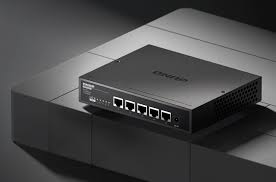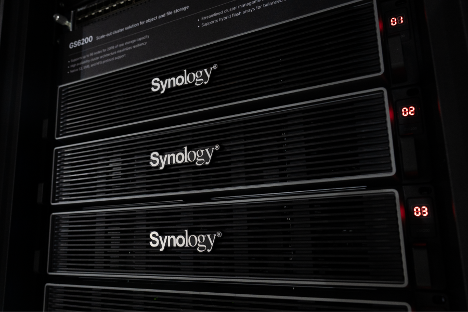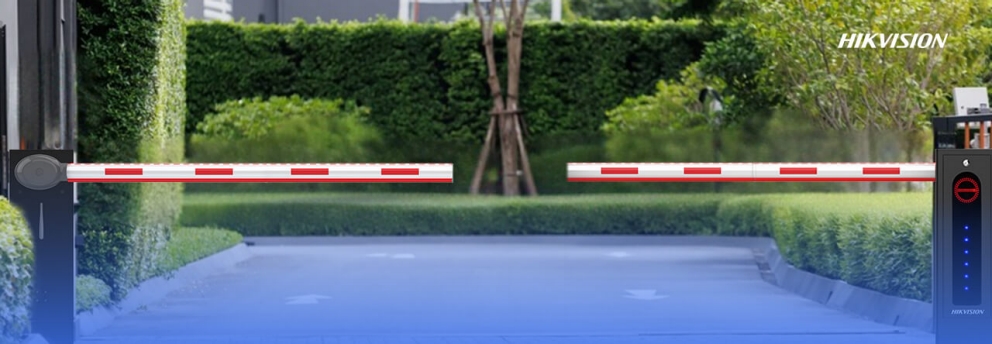The smart way in: innovations in vehicle access control management
Urbanization and technological progress have
forced us to reimagine security and convenience in modern living. This is
particularly evident in the vehicle access control market, which is
experiencing significant growth.
According to Markets and Markets, the
global vehicle access control market is going to surge from USD 10.8 billion in
2020 to USD 22.6 billion by 2027.
One reasons why traditional access methods are
being forced to evolve is the rise in the number of vehicles per household.
This creates a demand for robust systems that are able to manage entry and exit
efficiently in order to reduce congestion and, therefore, resident frustration.
But it’s not just about quantity – it’s also
about quality.
For example, a white paper from the
Association for Smarter Homes Buildings (ASHB), observed that residents today
expect a frictionless living experience. Waiting in line to scan cards or
having to buzz in guests individually no longer meets these expectations.
What’s more, as Markets and Markets highlights, there is a growing
need for streamlined operations that cater to residents and visitors alike,
ensuring quick and secure access without manual intervention.
Moreover, like many parts of society, residential
complexes are under pressure to become more sustainable and reduce their carbon
footprint.
A US Department of Energy
report reveals that personal-vehicle idling wastes about 3 billion gallons
of fuel, generating around 30 million tons of
CO2 annually in the US alone. Efficient access
systems can help minimize idling and reduce energy consumption.
Beyond the barrier: innovations in vehicle access control
The good news is that technological advancements
offer effective solutions to these challenges, bringing efficiency, enhanced
experience, and sustainability.
Smart barrier gates integrated with ANPR cameras
These combine Automatic Number Plate
Recognition (ANPR) with intelligent barrier systems and radar sensors to
accurately detect and control vehicle movements. ANPR cameras automatically
recognize and verify vehicle number plates, allowing registered vehicles to
enter without manual intervention. This accelerates traffic flow and lightens the
workload for facility managers. These systems also provide valuable data
collection capabilities, enabling better traffic flow optimization and
enhancing the resident experience. Safety features such as anti-fall, anti-collision,
and automatic lift functions ensure the safety of residents and their vehicles.


































Leave A Comment